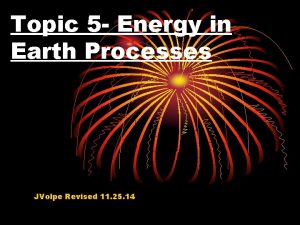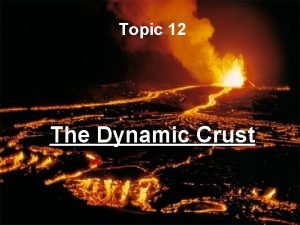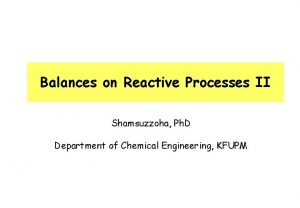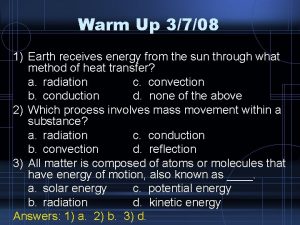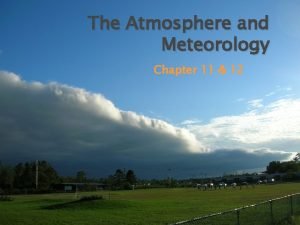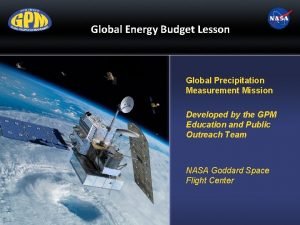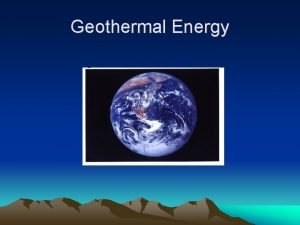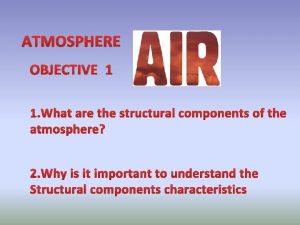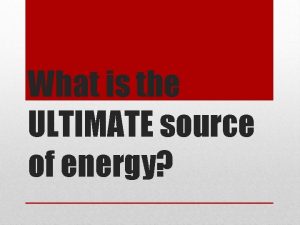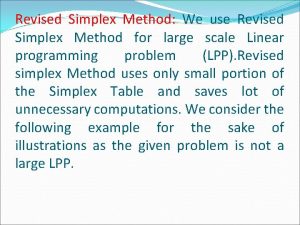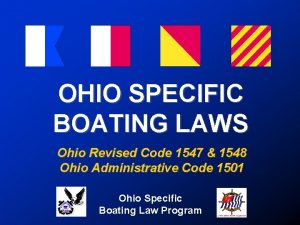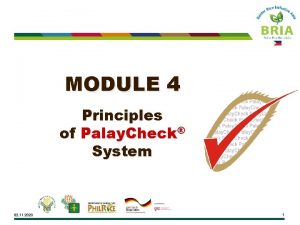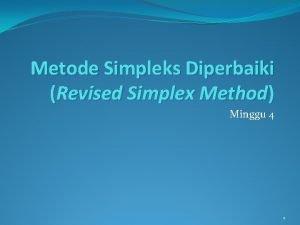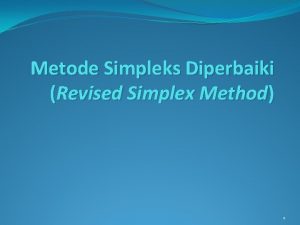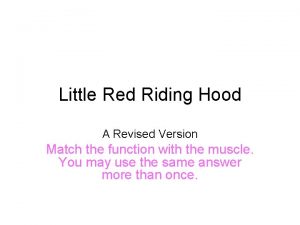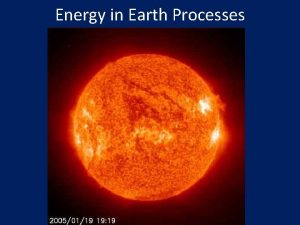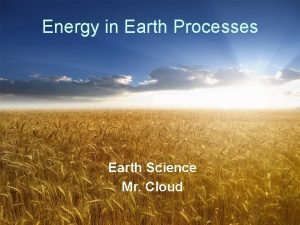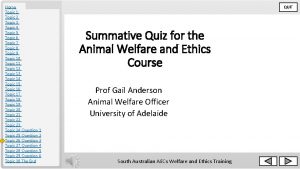Topic 5 Energy in Earth Processes JVolpe Revised




























- Slides: 28

Topic 5 - Energy in Earth Processes JVolpe Revised 11. 25. 14

Topic 5 - Energy in Earth Processes Set up your packetname, dates, punch holes, etc…

Energy: The ability to do work Two types of Energy: Potential Energy of being stored Kinetic Energy of motion When the fat lady sings Page 1

Absolute Zero All molecular movement ceases- it is the lack of any energy Lowest possible temperature everonly theoretical -459°F or -273°C or 0 kelvin Moleular Motion Page 1

Page 1 EXAMPLES AT THE TOP OF A SKI SLOPE WATER BEHIND A DAM

Page 1 EXAMPLES SKIING DOWNHILL THROWING A BOWLING BALL WATER FLOWING IN A RIVER

Page 1 EXAMPLES SINGING LADY FALLS

Conservation of Energy- Energy can not be created nor destroyed, but transformed from one type to another Closed system- Energy can not escape or enter Page 1

§ Source- Where it comes from § Sink- Where it flows (goes) § ENERGY ALWAYS FLOWS FROM HIGH LOW or SOURCE TO SINK Ex: Sun to Earth Page 1

§ What is our main source of energy? Page 1 The Sun § What is our secondary source of energy? Earth’s Interior

Page 2 Sun Video u A review and more to topic 3 for 2013 school year u The Sun Video (5 minutes)

Page 2 Energy Transfer from Sun Electromagnetic energy is a type of energy that is radiated by the sun in the form of transverse waves

Electromagnetic Energy Page 2 • ALL OBJECTS THAT HAVE A TEMPERATURE GREATER THAN ABSOLUTE ZERO EMIT (GIVE OFF) ELECTROMAGNETIC ENERGY • ***Higher temperature more radiated energy*** amplitude ***Put this key concept at bottom of page 2***

Electromagnetic Energy Page 2 • Transverse Wave- a wave that vibrates at right angles to the direction at which it is traveling

Page 2 Parts of a Transverse Wave • Crest- top of a wave • Trough- bottom of a wave • Amplitude- height of a wave

Parts of a Transverse Wave Page 2 • Wavelength-is the distance between two successive crests or troughs

Frequency- is the number of waves which pass a certain point in a second The longer the wavelength, the lower the frequency The shorter the wavelength , the higher the frequency Page 2

The Electromagnetic Spectrum (EME) is a model of the different forms of Page 2 radiation

All types of EME are similar: • they travel to you in transverse waves • they travel at the speed of light • are radiated Page 2

Page 2

1. How are different types of energy told apart? Page 2

Radiation occurs in different forms. Page 2 identified by their wavelengths

Page 2

2. Which are more powerful- short wave or long wave energy? Page 2

Short wave energy Page 2

Page 2 3. What does UV rays do? They harm humans

Page 2 4. Why is the ozone layer important? b/c they absorb harmful UV radiation

Page 2 ELECTROMAGNETIC ENERGY VIDEO REVIEW Another EME Video
 Identify the parts of the wave
Identify the parts of the wave Concurrent in os
Concurrent in os Clueing topic sentence
Clueing topic sentence Narrow down the topic
Narrow down the topic Topic 12 earth's dynamic crust and interior
Topic 12 earth's dynamic crust and interior Energy energy transfer and general energy analysis
Energy energy transfer and general energy analysis Energy energy transfer and general energy analysis
Energy energy transfer and general energy analysis C4h12
C4h12 When earth receives energy from the sun, ____.
When earth receives energy from the sun, ____. Imbalances in earth’s heat energy help to create weather.
Imbalances in earth’s heat energy help to create weather. Albedo of earth
Albedo of earth Uses of geothermal energy
Uses of geothermal energy Acummilate
Acummilate One earth energy
One earth energy Do birds eat squirrels
Do birds eat squirrels What is the ultimate source of energy for this food web
What is the ultimate source of energy for this food web Revised bp form 202 (2021 budget tier 2)
Revised bp form 202 (2021 budget tier 2) Maureen neihart keynote revised profiles of the gifted
Maureen neihart keynote revised profiles of the gifted Revised primary curriculum grade 1-3
Revised primary curriculum grade 1-3 Revised simplex method
Revised simplex method Revised 508 standards
Revised 508 standards School based accountability assessment framework tools
School based accountability assessment framework tools Fiscal incentives for industrial promotion (revised)-2013
Fiscal incentives for industrial promotion (revised)-2013 Csrs 4400
Csrs 4400 Ohio revised code reckless operation
Ohio revised code reckless operation Palay key check 1 to 9
Palay key check 1 to 9 Metode revised simplex
Metode revised simplex Simplex method adalah
Simplex method adalah Little red riding hood a revised version answers
Little red riding hood a revised version answers
